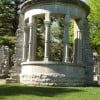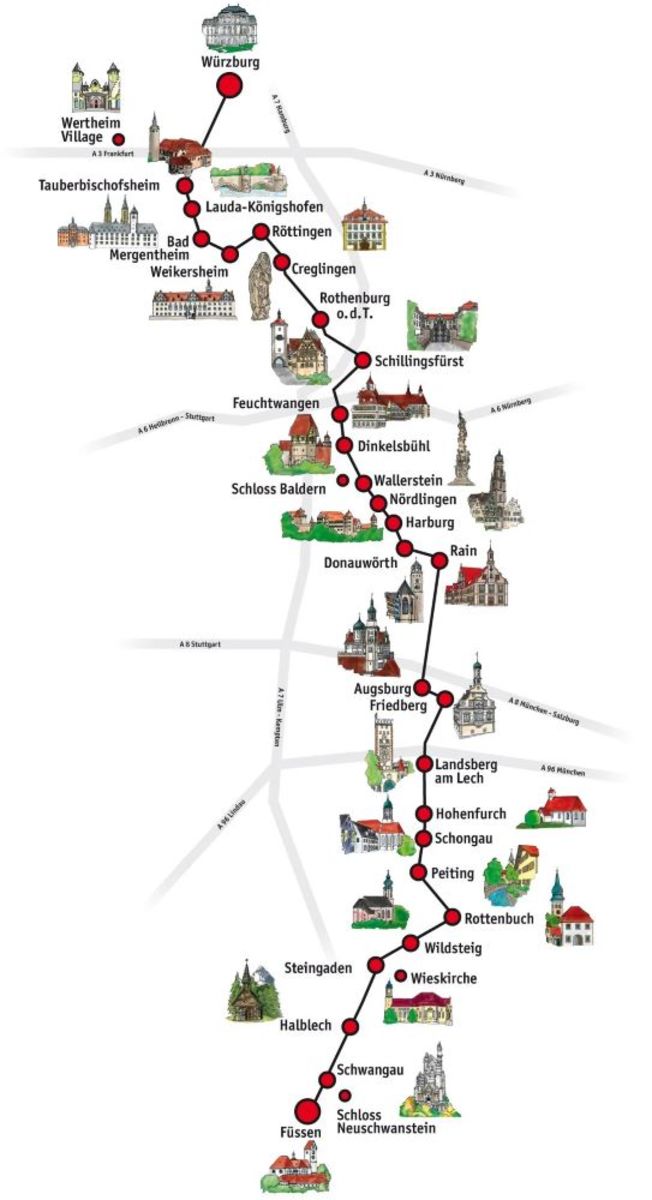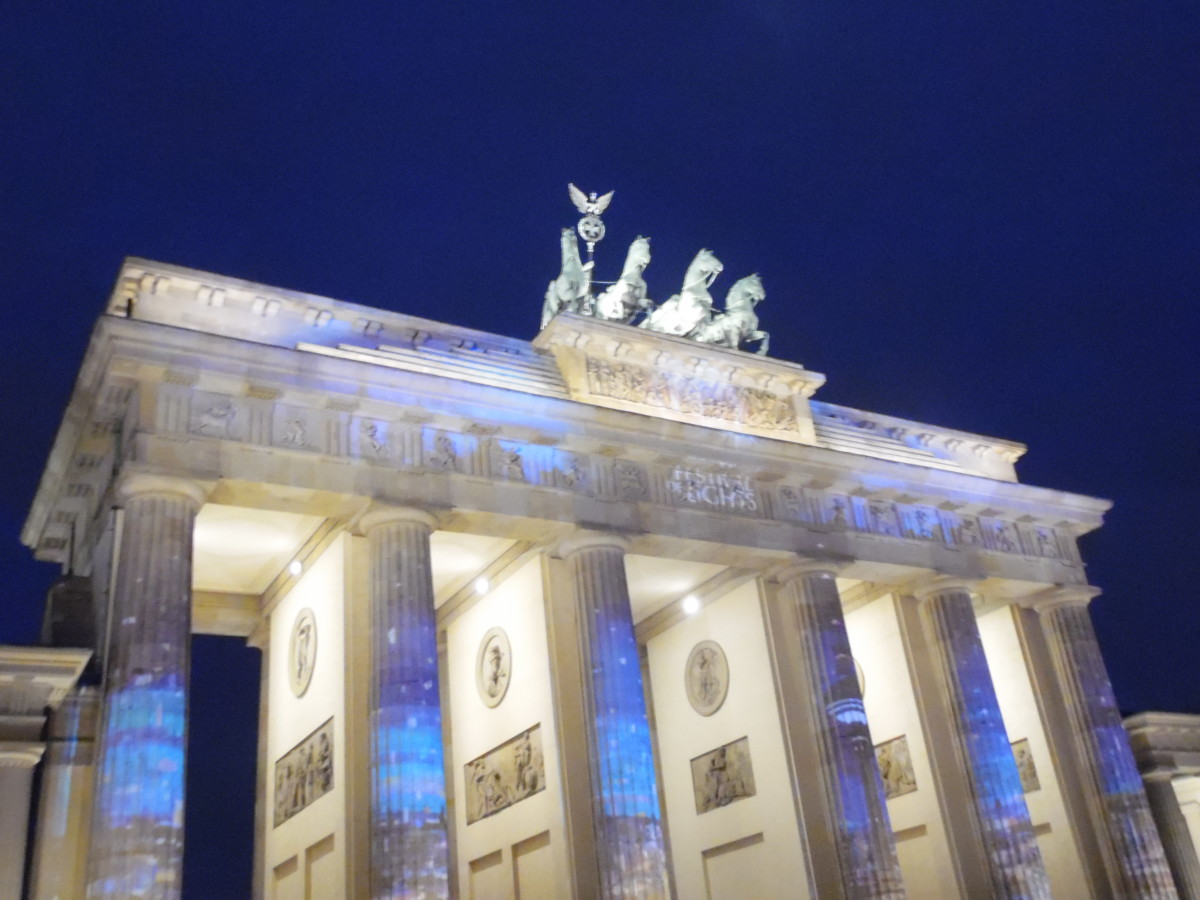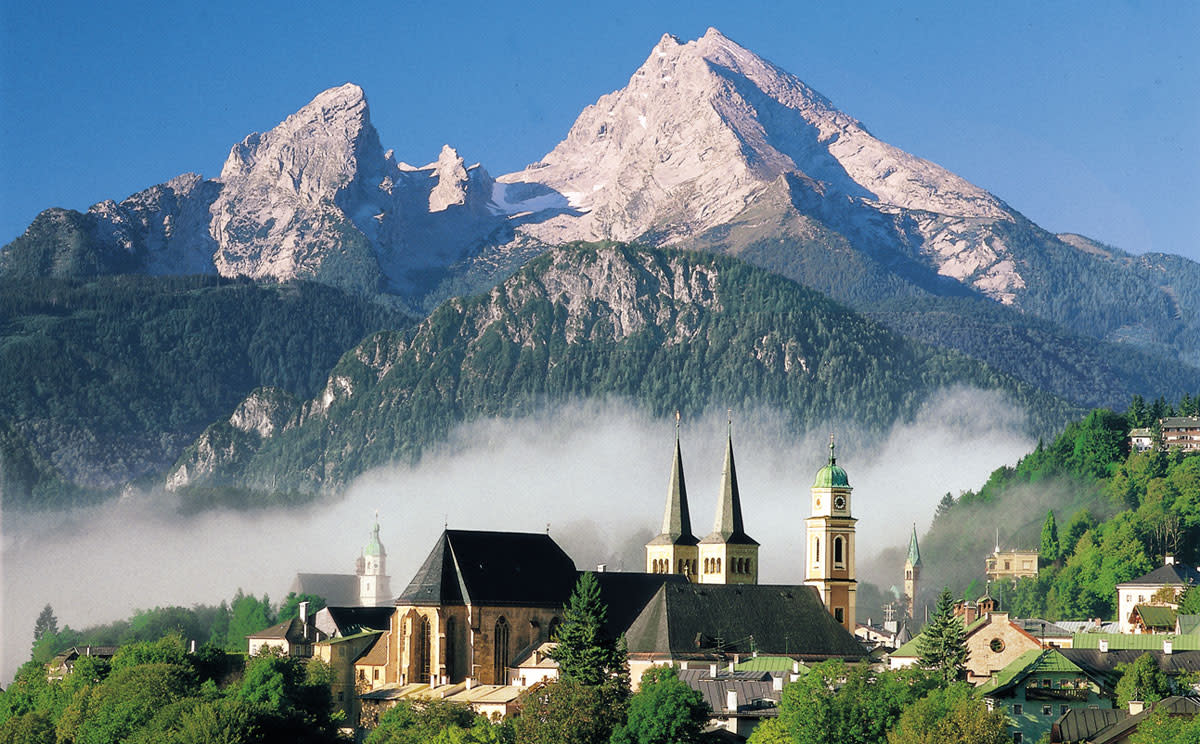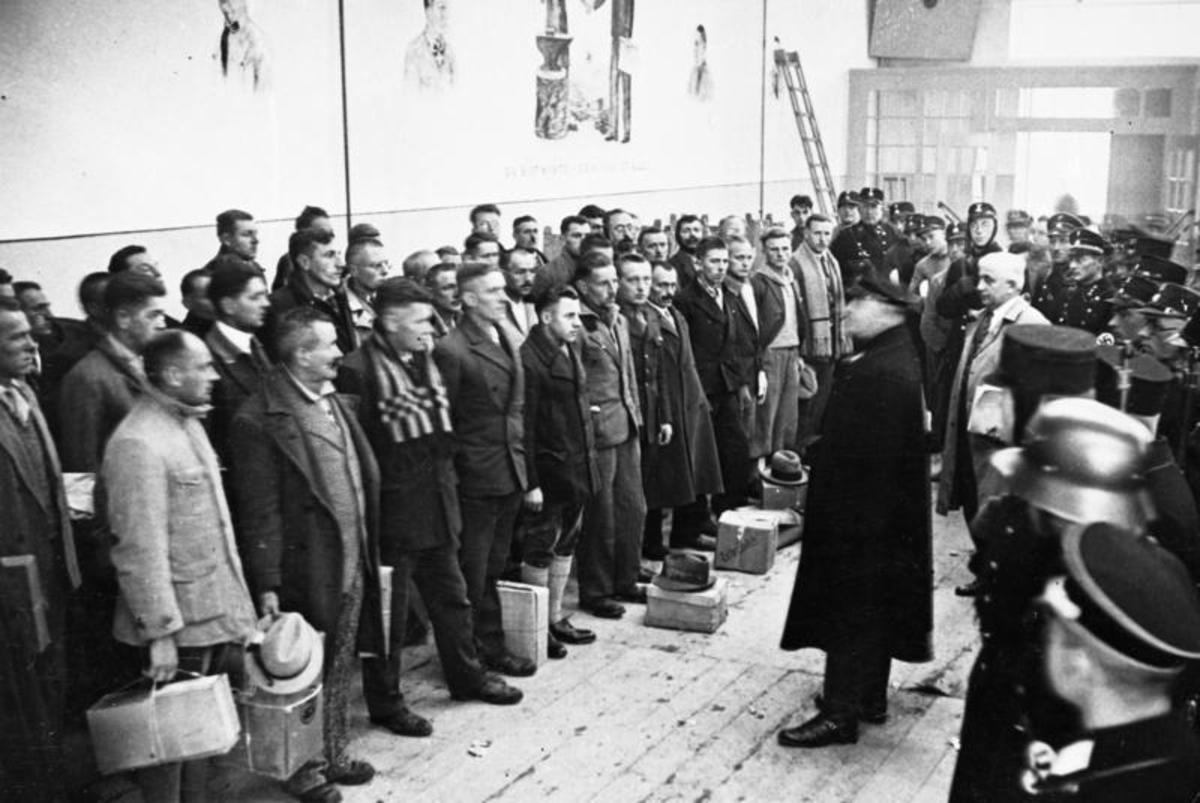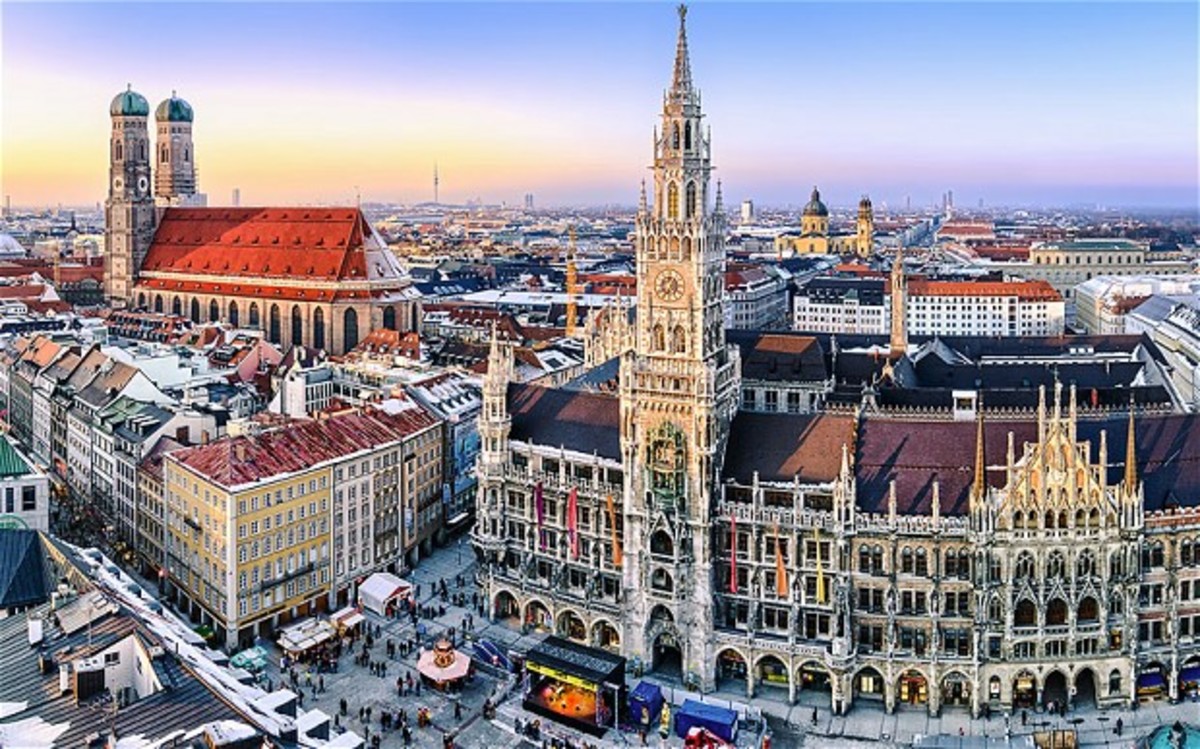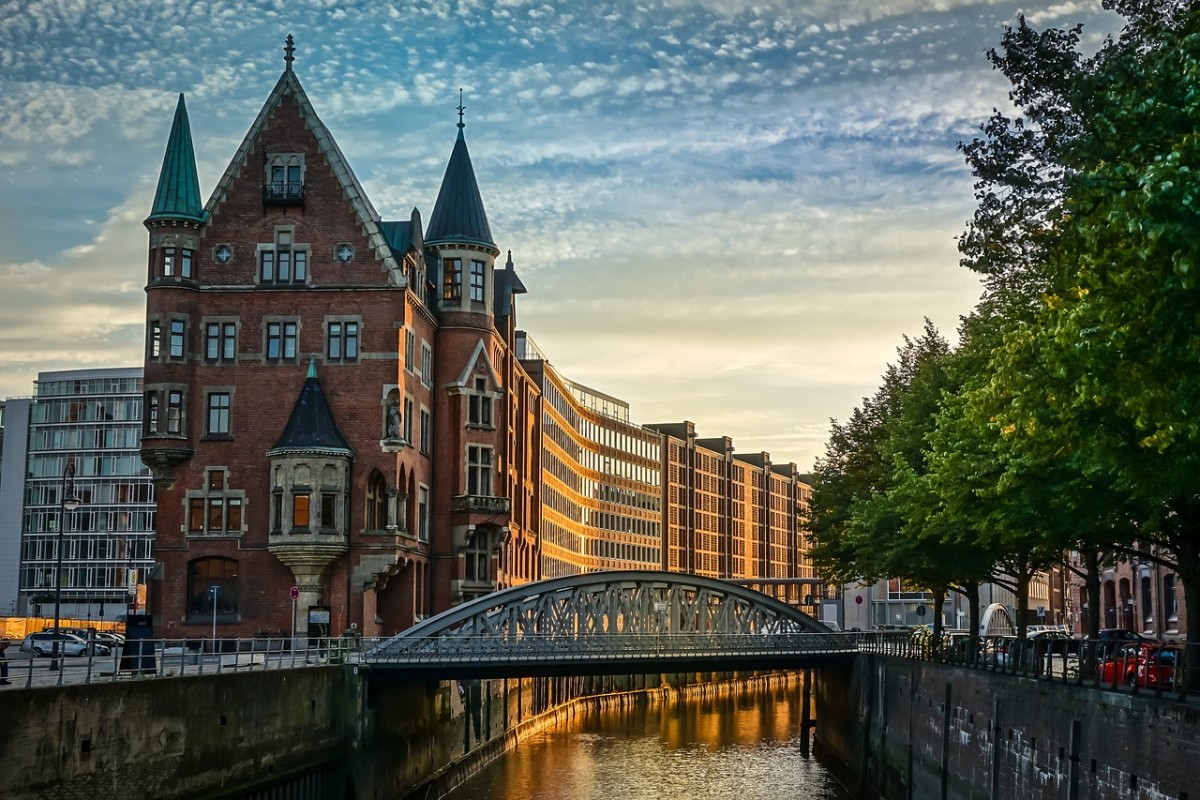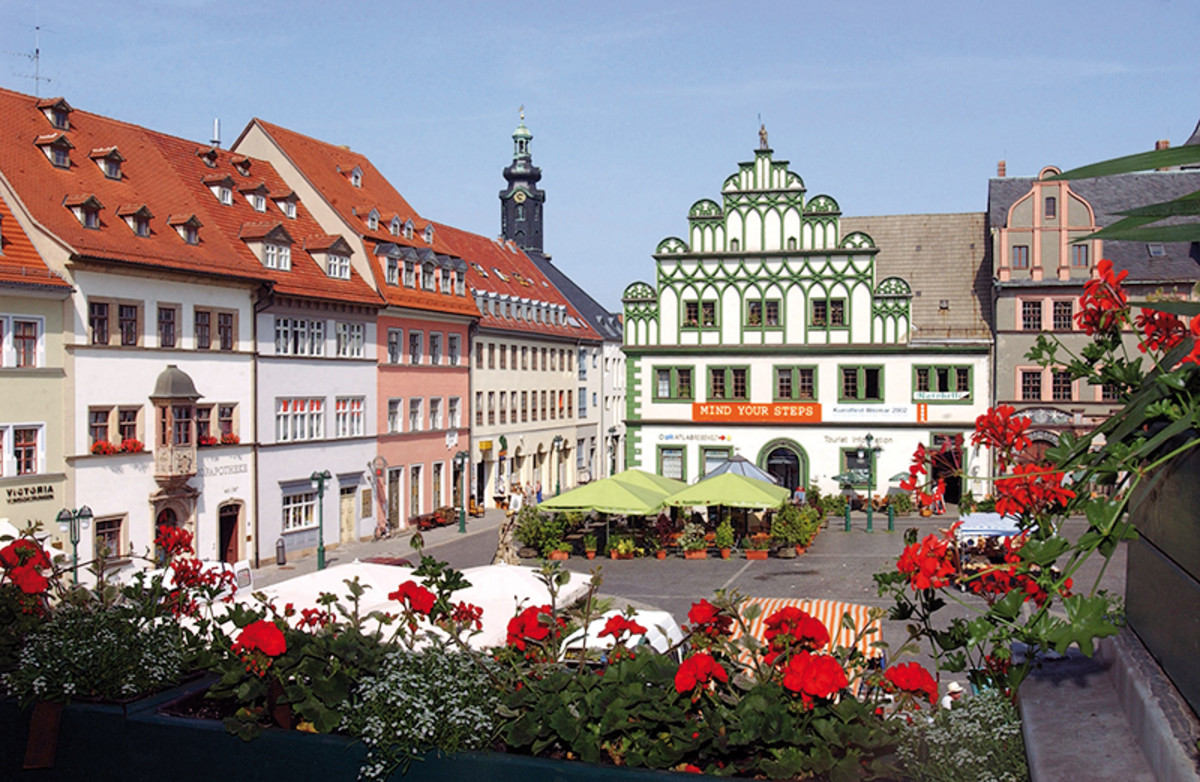Visiting an amazing piece of Roman real estate in Trier, Germany: the Porta Nigra
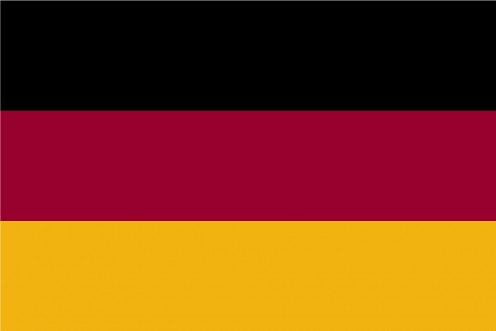
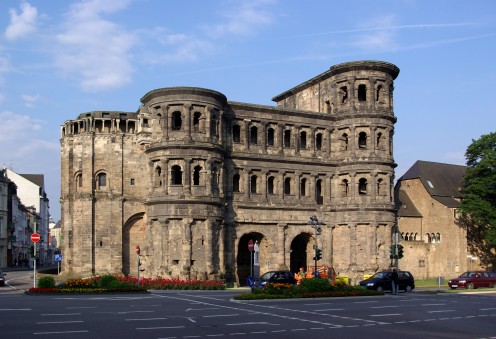
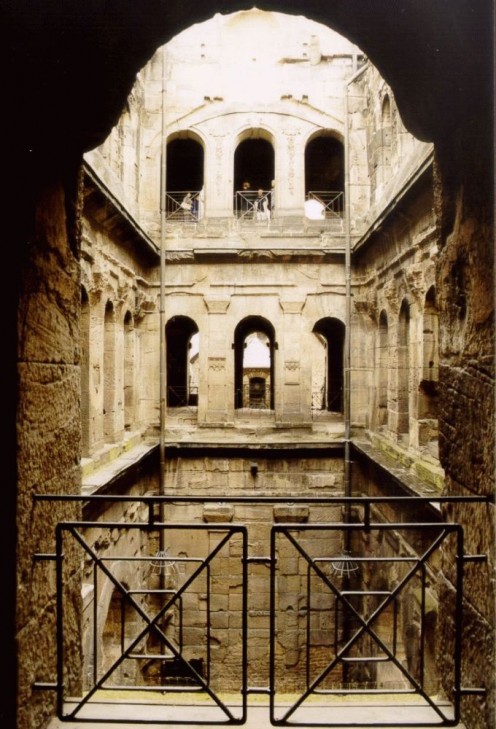
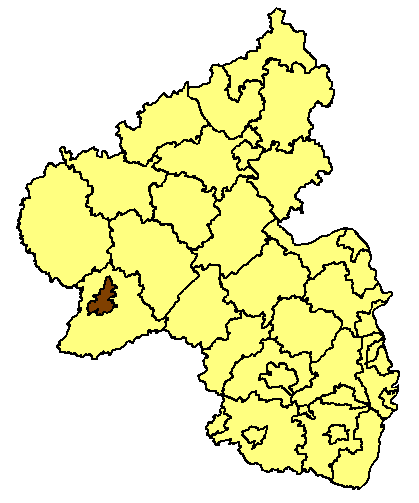
Psychologically disturbing monumentality?
This building is just amazing. A cliché, perhaps? Not when one is speaking of the Roman structure, the Porta Nigra, in the city of Trier, in Germany's Rhineland-Palatinate (Rheinland-Pfalz ).
This is the question which the observer is likely to ask: is it really 2000 years old? The short answer is, yes. (Or over 1800 years old, at least.)
But it is not simply the age of this structure that is so striking, though it is remarkable enough in itself. I think it is the Porta Nigra's state of preservation which makes it stand out from most other buildings in northern Europe: indeed, the Porta Nigra is known as the best preserved Roman building north of the Alps.
Historically, while the Roman Empire extended to Gaul, which represents largely the area of modern France, yet the Porta Nigra also serves as a reminder that part of Germany, too, particularly today's Rhineland, was known as Gaul and was also colonized by the Romans. And this heritage, in one way or another, is still felt today.
But back to the building; it is not just the smooth lines of the outer frontage which are so impressive; it is also the fact that the visitor can enter the building, climb up a storey, and view the inner court. In the footsteps of Romans from two millennia ago.
The visitor is possibly going to be rendered almost speechless, because, north of the Alps, at least, he or she is unlikely to have anything in mind with which to compare it.
Some more history: with the demise of the Roman empire in Trier came the continuity of the Archbishopric of Trier. As the oldest city in Germany, the Archbishop historically held the status of one of the seven Electors of the Holy Roman Empire. Never mind that this Empire was abolished by Napoleon. Never mind that Voltaire said that it was 'neither holy, nor Roman, nor an empire'. Maybe if the contemporary observer had to live with powerful, ecclesiastical overlords as many Europeans did for centuries, he or she might be less willing to view ecclesiastical traditions in a place such as Trier as curiosities.
In any case, Emperor Constantine's blurring of political and religious status was felt for centuries in Germany: in some cities, church leaders were political leaders in their own right, and not just as influential figures behind the scenes.
I was glad to have seen the Porta Nigra. In some ways it was even a little disturbing. But it is hard for the contemporary observer to take in adequately just how unrivalled was the power of the Roman Empire for some centuries, of which the Porta Nigra is a monumental symbol. One wonders to what extent it will also act as some kind of subliminal, psychological construction in the minds of people in the future.
Also worth seeing:
In Trier itself, the Aula Palatina , sometimes known as Constantine's Basilica (now a Protestant church) dates from the 4th century. St. Peter's Cathedral (German: Trierer Dom ) with structural additions from many centuries, is the oldest cathedral in Germany. Ruins of Roman baths complement the ancient architectural and archeological heritage of the city. There is also a Roman amphitheatre and a Roman bridge over the Mosel River.
A visit to Trier can easily be combined with visiting the picturesque Mosel Valley .
The photogenic and historic Luxembourg City is also within easy reach (distance: 49 kilometres).
Nennig , Germany (distance: 41 kilometres) has a fine mosaic in a Roman villa.
Waldhof-Falkenstein , Germany (distance: approx. 58 kilometres) has an ancient castle overlooking the Our Valley, bordering Luxembourg.
Grevenmacher , Luxembourg (distance: 24 kilometres) has a picturesque old chapel situated at the top of a long set of steps.
...
How to get there: Lufthansa flies to Frankfurt-am-Main, from where car hire is available. The nearest large international airport is Luxembourg (Aéroport de Luxembourg ), at Findel. For North American travellers making the London, England area their touring base, airlines flying to Luxembourg include Luxair (from London Heathrow Airport and London City Airport) and CityJet (from London City Airport). Please refer to appropriate consular sources for any special border crossing arrangements which may apply to citizens of certain nationalities.
MJFenn is an independent travel writer based in Ontario, Canada.
Other of my hubpages may also be of interest
- Visiting Saarland's Nennig: preserved Roman remains near the Mosel River, Germany
- Visiting Langsur and Wasserbilligerbrueck, Germany: a thousand year old settlement by the Sauer and
- Visiting Waldhof-Falkenstein: memories and illusions from Germany's Rhineland-Palatinate
- Visiting Germany's Pruem: impressive ecclesiastical architecture in the Eifel region
- Visiting the Pont Adolphe in Luxembourg City: bridging the essence of the Grand Duchy of Luxembourg'
